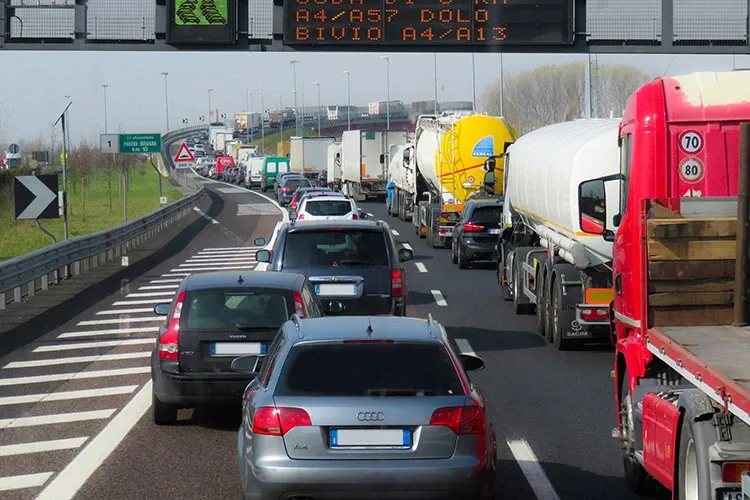Subscription Economy to Be Worth Almost $1 Trillion by 2028
A new study by Juniper Research found that by 2028, subscription economy revenue will reach $996 billion, up from $593 billion in 2024; a substantial rise of 68%.

Smart traffic management systems will save cities $277 billion, by reducing emissions and congestion globally by 2025; rising from $178 billion in 2021, according to Juniper Research. The study identified smart intersections as the key technology behind these savings, by enabling a reduction of over 33 hours of time spent in traffic per annum per motorist by 2025.
Smart intersections include areas of high traffic that leverage connectivity and AI-based automation to monitor and manage the flow of traffic based on real-time data, in order to reduce the time wasted to road congestion. The new report predicts that over 95% of the $277 billion in savings will be attributable to congestion reduction. North America and Europe are anticipated to account for over 75% of all savings, owing to their increasing investment into smart traffic management and the high vehicle usage in these regions.
The research argues that V2X (Vehicle-to-Everything) technologies are critical to the enhancement of existing smart traffic management services. V2X leverages cellular connectivity to enable vehicles and smart traffic infrastructure to communicate information. It predicts that V2X connectivity will enable smart traffic management platforms to gather data directly from vehicles, rather than relying on traditional traffic actuation methods. In turn, stakeholder collaboration will enable the integration of various automotive services into smart traffic management; providing enhanced convenience for vehicles utilising smart parking services.
The report forecasts that investment into smart parking will reach $1 billion by 2025; rising from $460 million in 2021. It anticipates that smart parking vendors will focus on the connectivity between parking sensors, management platforms and end users, and urges vendors to focus on smart displays that provide relevant and up-to-date parking availability information to road users in a safe manner.